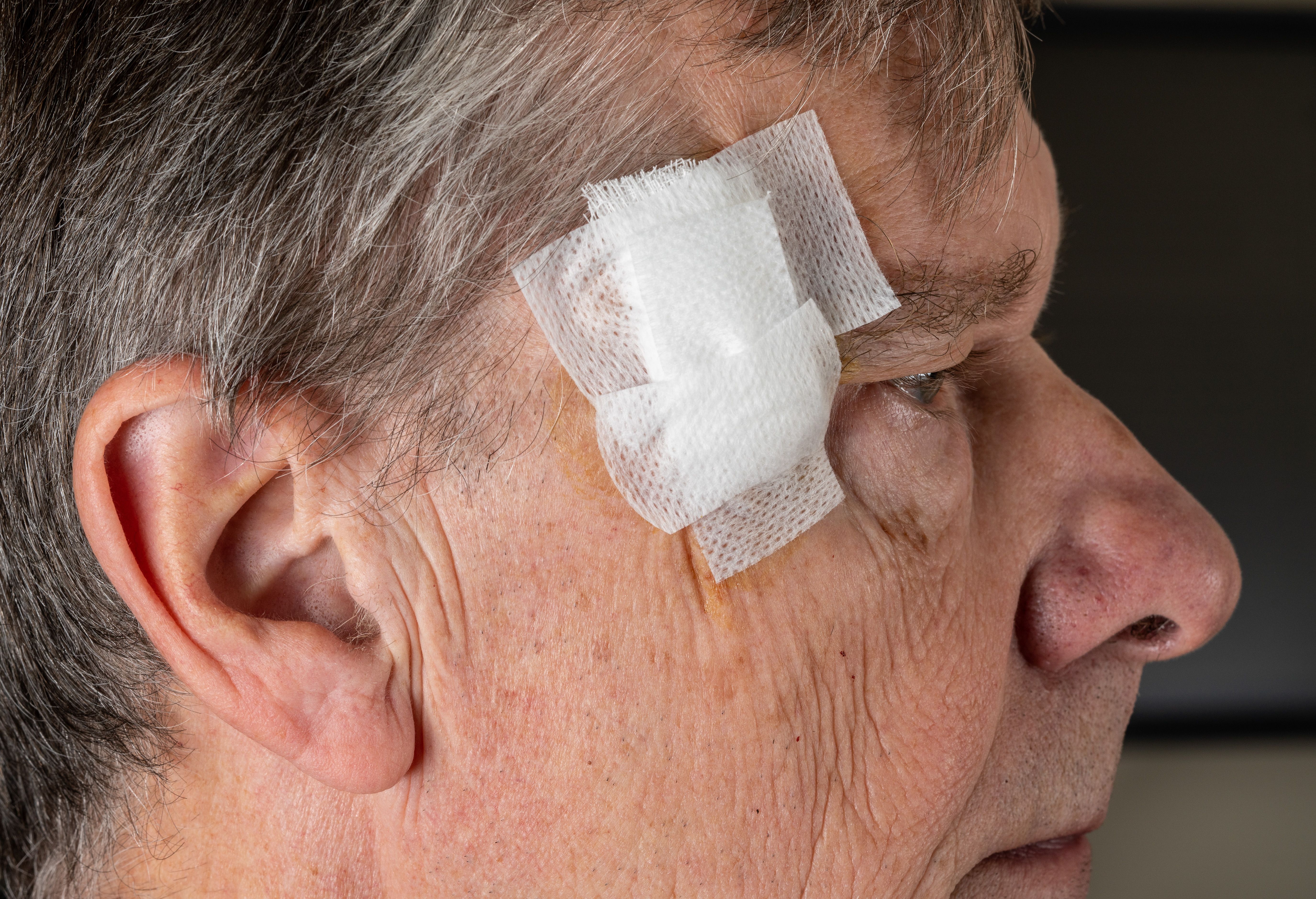- Case-Based Roundtable
- General Dermatology
- Eczema
- Chronic Hand Eczema
- Alopecia
- Aesthetics
- Vitiligo
- COVID-19
- Actinic Keratosis
- Precision Medicine and Biologics
- Rare Disease
- Wound Care
- Rosacea
- Psoriasis
- Psoriatic Arthritis
- Atopic Dermatitis
- Melasma
- NP and PA
- Skin Cancer
- Hidradenitis Suppurativa
- Drug Watch
- Pigmentary Disorders
- Acne
- Pediatric Dermatology
- Practice Management
- Prurigo Nodularis
- Buy-and-Bill
News
Article
Active Education Outperforms Passive Approaches in Melanoma Detection by Non-Medical Individuals
Author(s):
Key Takeaways
- Dermatologist-led educational sessions significantly improve melanoma risk identification compared to passive learning methods.
- Active intervention increased participants' accuracy from 71.2% to 86.4% immediately after the session, maintaining 86.8% accuracy after 30 days.
A study shows active educational interventions improve melanoma detection rates and rule application, with lasting effects over time.
A recent study highlighted the impact of educational interventions on the ability of non-medical individuals to recognize melanoma risks. Dermatologist-led educational sessions were shown to be more effective than passive resources, such as self-guided booklets, in improving the accuracy of melanoma risk identification.1
The study, published in the Journal of the European Academy of Dermatology and Venerology, suggests that active involvement of dermatologists in educational programs may enhance the public's role in early melanoma detection, ultimately aiding in better patient outcomes.
Image Credit: © Octopus16 - stock.adobe.com

Background and Methods
Early detection of melanoma is crucial for effective treatment and improved prognosis. Current guidelines, including the ABCDE rule (Asymmetry, Borders, Color, Diameter, and Evolution),2 are widely used to help individuals identify concerning skin lesions. However, challenges arise when patients present with atypical lesions that don’t fit neatly into the ABCDE framework. To address this, the "ugly duckling" sign was introduced as an additional tool to differentiate suspicious lesions from typical moles.3
Despite these guidelines, the effectiveness of educational interventions in non-medical populations has been debated, according to study authors Spadafora et al. The present study aimed to evaluate whether a more active approach to educating the public through direct guidance from dermatologists would improve their ability to assess melanoma risk compared to passive learning via self-guided booklets.
The randomized controlled trial was conducted across 6 dermatology clinics in Italy. Participants were assigned to 1 of 2 groups; 1 group received a booklet explaining melanoma risk factors and signs, while the other group received the same booklet, but with additional guidance from a dermatologist. The effectiveness of the intervention was assessed at 3 points: before the intervention, immediately afterward, and 30 days later.
Findings
The trial included 364 participants, with 336 completing all phases of the study. The results showed a significant improvement in participants’ ability to correctly identify at-risk lesions after the intervention.
Specifically, the overall accuracy of melanoma risk identification increased from 71.2% at baseline to 86.4% immediately after the intervention. After 30 days, the active intervention group maintained a higher level of accuracy (86.8%) compared to the passive group (83.7%).
When analyzing specific diagnostic criteria such as the ABCDE and ugly duckling signs, the active group showed a notable improvement in recognizing lesions that fit both criteria.
At baseline, 79.4% of participants in the active group correctly identified lesions with both sets of characteristics. This number increased to 94.2% immediately after the intervention and remained high at 92.9% after 30 days.
Conclusions
The ability to identify potentially malignant lesions early plays a key role in melanoma treatment, and these results highlight the value of enhancing public education through expert guidance, according to Spadafora et al.
"Our study proves that active educational interventions for non-medical individuals improve nevi and melanoma classification compared to passive educational interventions," wrote Spadafora et al. "The most effective lesion assessment by non-medical individuals seems to be based on specific features and can be enhanced with a comparative approach."
While the study demonstrates promising outcomes, it only included participants without a personal or family history of melanoma, which may limit the applicability of the findings to a broader population. Additionally, the long-term retention of the knowledge imparted through these educational interventions was not assessed, leaving an area for future research.
References
- Spadafora M, Pampena R, Peris K, et al. Passive versus active educational interventions for nevus and melanoma classification: A randomized controlled study. J Eur Acad Dermatol Venereol. Published March 21, 2025. doi:10.1111/jdv.20649
- Moles to melanoma: Recognizing the ABCDE features. National Institutes of Health. National Cancer Institute. Accessed March 26, 2025. https://www.cancer.gov/about-cancer/understanding/what-is-cancer
- Promoting the culture of bedside medicine: An initiative of the program for bedside medicine. Stanford University School of Medicine. Accessed March 26, 2025. https://med.stanford.edu/stanford25.html





